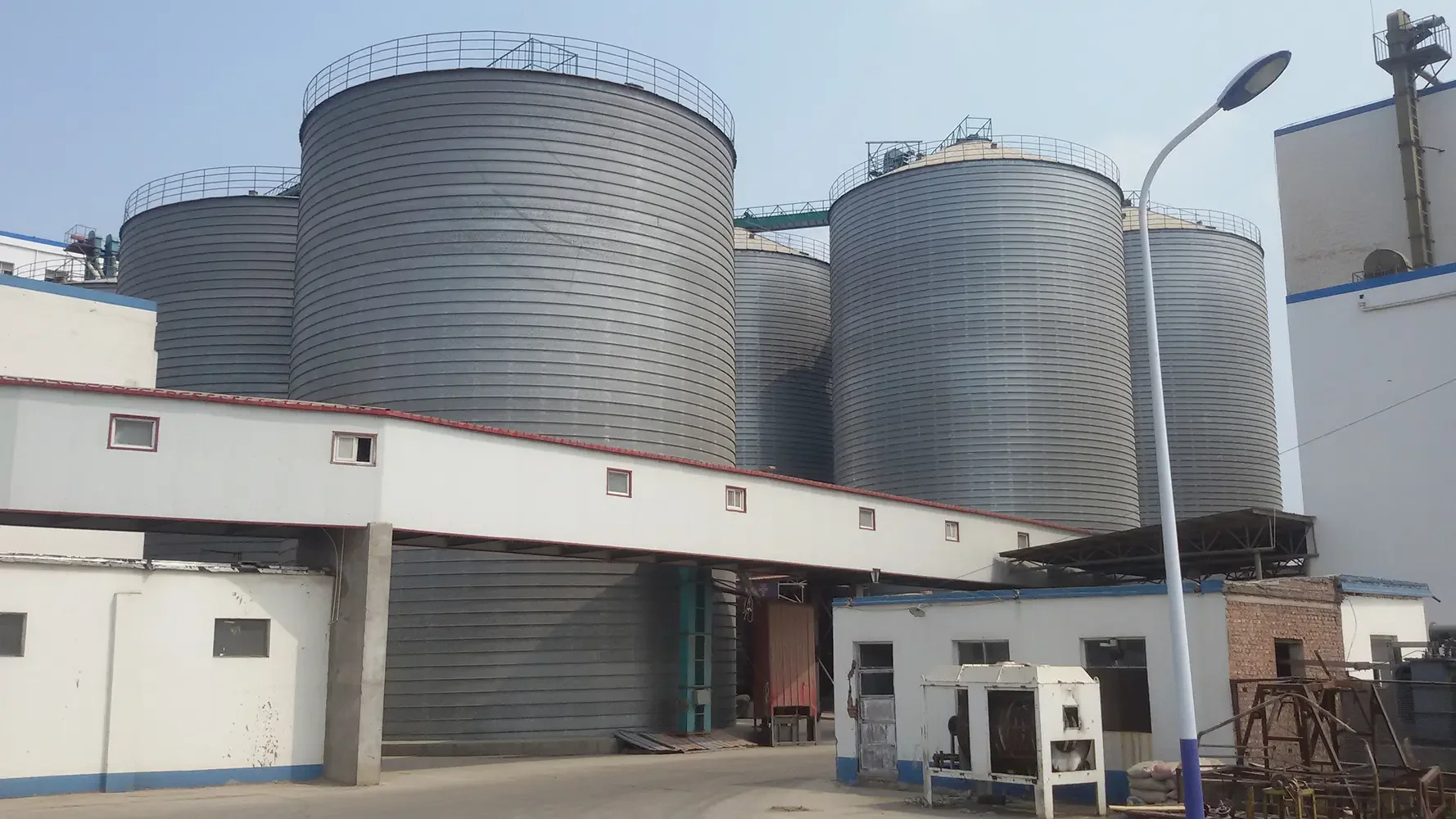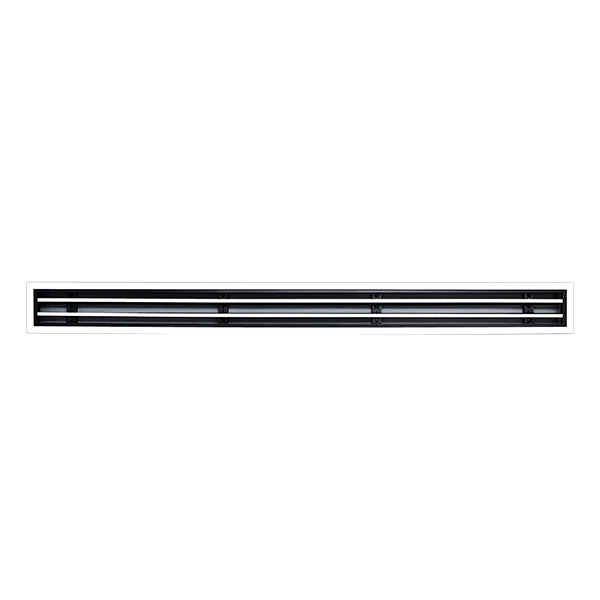In the metallurgical industry, high-temperature, high-pressure, and high-flow process environments place extremely high demands on equipment safety and operational precision. Valves, as core control components in pipeline systems, are directly impacted by their correct operation, ensuring safe and efficient production. Valve interlocks, by controlling the operating sequence of multiple valves, ensure system safety and prevent misoperation, making them essential equipment in modern metallurgical production. This article will provide an in-depth analysis of the application value of valve interlocks in the metallurgical industry, focusing on the characteristics of the metallurgical industry, valve interlock types, application scenarios, design selection, installation, commissioning, and maintenance.
1. Characteristics of the Metallurgical Industry and Valve Control Requirements
The metallurgical industry primarily encompasses processes such as steel, nonferrous metals, casting, and rolling. Its production processes typically exhibit the following characteristics:
High-temperature and high-pressure environments: During steelmaking, ironmaking, and nonferrous metal smelting, molten metal temperatures can reach over 1500°C, subjecting pipelines and valves to extremely high temperatures and pressures. These high temperatures and pressures place stringent demands on valve materials, sealing performance, and the durability of interlocks.
Strong process continuity: Metallurgical production is mostly a continuous process. Improper operation sequences can cause material backflow, molten metal leakage, or equipment damage. Valve interlocks ensure that the production process runs according to the predetermined sequence and prevent operational errors.
High safety risks: Improper operation of molten metal, waste gas, steam, and chemical additive pipelines can easily cause explosions, fires, or casualties. Valve interlocks prevent dangerous operations through mechanical or automated means, improving production safety.
High equipment automation requirements: With the development of intelligent metallurgy, remote control, automated operation, and process data monitoring are becoming increasingly important. Valve interlocks can be integrated with electrical control systems and PLCs (programmable logic controllers) to achieve intelligent management and control.
2. Application Scenarios of Valve Interlocks in the Metallurgical Industry
2.1 High-Temperature Molten Metal Conveying Systems
During steelmaking and casting processes, molten metal temperatures are extremely high, and operational errors can easily lead to serious accidents. Valve interlocks ensure:
Before molten metal is conveyed, cooling water valves and gas protection valves are opened in sequence.
After molten metal discharge is completed, relevant valves are closed in sequence to prevent backflow or leakage. 2.2 Hot Blast Furnace and Heating System
Hot blast furnaces are used to heat smelting charges. Gas and fuel pressures are high. Valve interlocks ensure:
The fuel and air valves open in the correct sequence to prevent explosions.
When production stops, valves close in a safe sequence to protect the furnace and piping.
2.3 Continuous Casting Production Line
During the continuous casting process, the flow of molten steel requires precise control before billets are formed. Valve interlocks:
Control the sequential operation of the Baosteel valves and water-cooling valves.
Prevent cooling water from prematurely entering the molten steel channel, causing uneven solidification or equipment damage.
2.4 Exhaust Gas and Steam Pipeline Control
The exhaust gas recovery system and steam pipelines in metallurgical workshops have high pressures. Valve interlocks:
Prevent simultaneous opening of the recovery and discharge valves, preventing gas backflow.
Interlock with automated control systems for remote monitoring and alarming.
3. Key Points in Valve Interlock Design and Selection for the Metallurgical Industry
High-temperature and high-pressure resistance: Select high-temperature alloys or high-pressure-resistant materials to ensure long-term stable operation of valves and interlocks. Reliability: Metallurgical environments are dusty and hot, so mechanical structures must be robust to prevent wear and jamming.
Clear Operation Sequence: Design interlock sequences based on the process flow to ensure safe operation.
Safety Certification: Select interlock devices with explosion-proof, fire-proof, and corrosion-resistant designs when necessary.
Automation Compatibility: Compatible with PLC and DCS systems, enabling remote control and data monitoring.
4. Valve Interlock Installation and Commissioning Recommendations
Installation Location: Keep away from direct heat sources. A heat shield can be installed to prevent high temperatures from affecting operation.
Commissioning Procedure: Perform manual operation simulations before initial commissioning to confirm the valve operation sequence and interlock reliability.
Safety Testing: Conduct a trial run under low load or safety pressure to check the coordination of the interlock and valve operation.
Recording and Labeling: After installation, record operating parameters and clearly indicate valve sequence and status for ease of operation and maintenance.
5. Maintenance and Care
Mechanical Interlocks: Regularly inspect gears, cams, and connecting rods for wear, and apply high-temperature grease as necessary. Hydraulic/Pneumatic Interlocks: Check oil or air line seals to ensure leaks and stable pressure.
Inspection System: Establish regular inspection records to promptly identify and address any anomalies, ensuring long-term stable operation of valve interlocks.
6. Application Value Summary
The application of valve interlocks in the metallurgical industry offers the following core benefits:
Improving Safety: Preventing misoperation and accidents caused by high temperature, high pressure, or molten metal.
Ensuring Process Stability: Ensuring that valves open and close in sequence, ensuring production continuity and quality.
Reducing Equipment Loss: Preventing damage to pipelines and equipment caused by incorrect valve operation.
Supporting Automation and Intelligence: Electrical interlocks enable remote monitoring, data collection, and alarms, improving operational efficiency.
In short, valve interlocks are a crucial component of production safety, equipment protection, and process control in the metallurgical industry. In high-temperature, high-pressure, high-flow, and complex process environments, the proper design, selection, installation, and maintenance of valve interlocks can significantly improve production safety and efficiency, providing reliable assurance for the stable operation of metallurgical enterprises.
Nudango, a professional valve lock and interlock supplier, has long specialized in industrial valve safety control, providing high-quality, reliable valve interlock solutions for the petrochemical, power, metallurgical, and high-temperature, high-pressure pipeline systems. Leveraging advanced technology, strict quality management, and extensive industry experience, Nudango is able to customize mechanical, electrical, and hydraulic valve interlocks for diverse operating conditions, ensuring operational safety and process stability. Nudango also supports automation and remote monitoring, providing comprehensive safety assurance and efficient operational support for industrial production.
www.nudango.com
nudango


More Stories
What Is Multistage Centrifugal Pump and How Does It Work
Large Steel Silos for Grain Storage in Global Supply Chains
Thermal Interface Material Applications in High-Performance Server Chips: Overcoming Material Obstacles for Kilowatt-Level Heat Flux